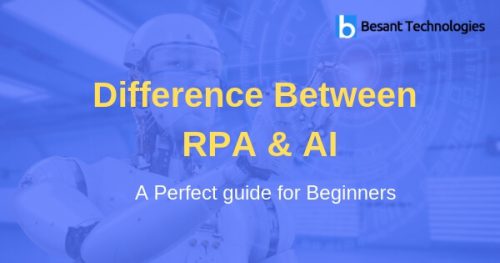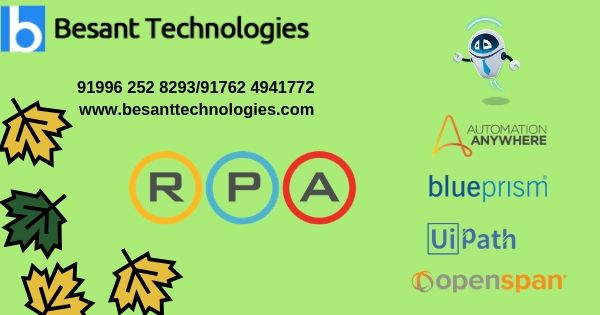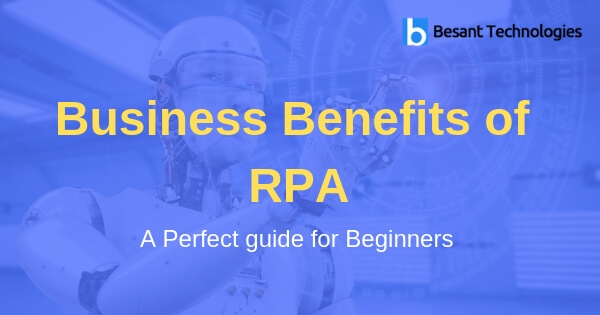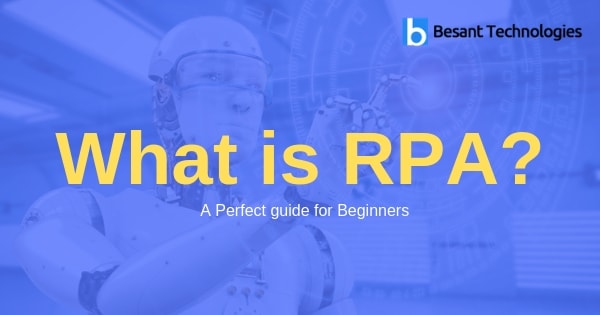Artificial intelligence and its subgroups, such as machine learning, automation, NLP, etc., have gained extraordinary attention in a few years. What happened with this attention was the same confusion with respect to general terminology. Many of us are not sure of the small differences that make these terms different in meaning and use. At NewGenApps we always strive to help people protect technologies in their simplest forms and we will do it today. In this blog, we will understand the difference between the automation of robotic processes (RPA) and artificial intelligence (AI).
What is Artificial Intelligence?
Artificial intelligence is a general term used to describe the ability of computer systems to emulate human mental abilities, such as knowing, inducing, solving problems, etc. Computer systems are smart by using training data to help them develop an understanding of the environment.
Become an RPA Certified Expert in 25Hours
The system uses a set of images as exercise data to help the devices understand the concept. When a machine develops a sufficient level of knowledge, it begins to guess objects that were not even in the data that was originally entered into the system.
The best thing about the AI algorithm is that it can adapt to the new environment, learn from the results of decisions and improve over time. The most common way to create artificial intelligence is through machine learning (ML). The previous example is the same. In addition to ML, we also have other disciplines such as natural language processing (NLP). With NLP, the machine acquires the understanding of human language. Modern voice assistants, such as the Google Assistant, Amazon Alexa, and Siri, use NLP to help background algorithms contextually understand voice inputs.
Become an RPA Expert with Certification in 25Hours
What is the Automation of Robotic Processes?
Unlike artificial intelligence, robotic automation uses a set of rules-based automation rules. It uses a series of statements (steps in some cases) to define a repetitive activity and uses an automation algorithm. RPA requires systematic and organized resources if it does not produce the desired results. It has no built-in intelligence, it has a very limited scope and is prone to errors if the systems are presented with non-conforming entries.
Common examples of RPA include an account management system that automatically registers invoices printed on computer programs, customer service systems that automatically communicate the issues to the corresponding departments, etc. These systems would require that all accounts in the same format or all questions be manually organized by people.
Artificial Intelligence vs. Automation of Robotic Processes:
As you have already understood, AI and RPA are two different expressions. RPA is a practical software that reduces human efforts and brags about your work. On the other hand, AI has the potential to completely eliminate human efforts from the process. Apparently, these solutions are well complemented. By combining the artificial intelligence potential with RPA, we can create a completely autonomous process.
For example, in the previous RPA example, where we need the accounts in a specific format to scan them and enter them into the computer software, AI can automatically sort the poorly organized accounts into the desired order, and then the process should be processed by the bottle of the program. This idea of using RPA together with artificial intelligence (ML, NLP, Cognition) is called Automation Continuum.
To getting expert-level training for Data Science Training in your location –RPA Training in Chennai | RPA Training in Bangalore | RPA Training in Pune |RPA Training in Tambaram






